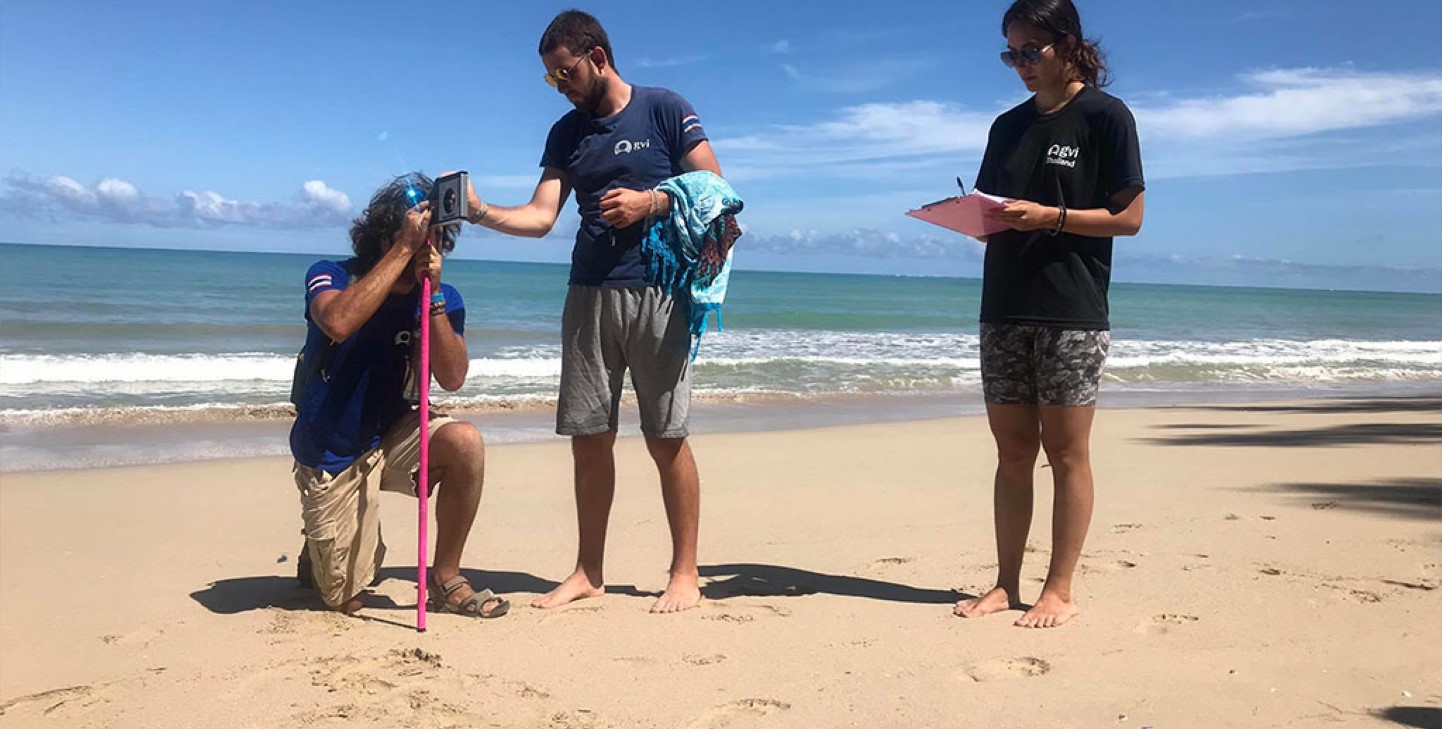Explore the different types of peccaries found in Costa Rica, as well as their importance in the local ecosystem, habitats, behavior, and social structure.
GVI
Posted: May 10, 2023

GVI
Posted: March 18, 2023
Protecting wildlife is essential for maintaining the balance of nature and for preserving our environment for future generations. Every species on the planet plays an important role as part of the natural cycle of life, so we must take action to conserve our wildlife. Let’s unpack the benefits of protecting wildlife, the impact of human activity on wildlife and the various options for conserving wildlife.
Wildlife conservation offers many benefits to both humans and animal species. By preserving habitats, animals can live in their natural environments, remain wild and thrive. This ensures that these species, which play important roles in the ecosystem, are able to continue to do so. Preserving these habitats also helps protect the biodiversity of the planet and can even increase the amount of oxygen in the air and filter air pollutants.
Conserving and restoring habitats will also benefit humans. Wild animals are a great source of ecotourism, attracting visitors from all over the world who are interested in viewing these species in their natural habitats. This influx of visitors helps boost local economies by providing jobs, such as guiding and hotel services. Conserving wildlife also helps to control soil erosion and keep the water clean. This is because healthy habitats and ecosystems filter pollutants and reduce runoff.
As human populations continue to grow, our impact on the environment and wildlife has become increasingly significant. The development of land for housing and industry, pollution from air and water, and overharvesting of natural resources have been devastating to many species of wildlife. The destruction or modification of habitats like forests, wetlands, and grasslands is one of the most damaging effects of human activity. This has caused widespread displacement, with species unable to survive in their new environment or losing access to essential resources.
In addition, human activities like hunting, poaching, and illegal logging can cause immense suffering and endangerment to many species. This is especially true for animals that are highly sought after by hunters or poachers or are harmed in other ways by humans such as through chemicals or changes in habitat. All of these activities have contributed substantially to declines in populations of many species around the world.
Governments have an important role to play in conserving wildlife. Governments can work with citizens to create laws that are designed to protect animals from exploitation. These laws can include restrictions on hunting and logging, protection of habitat from development, additional funding for conservation programs, the establishment of conservation areas, and the introduction of stricter penalties for poaching or illegal animal trade. In addition, governments can work with international organisations to ensure that conservation efforts are coordinated globally.
There are several different ways to conserve wildlife. One way is through habitat restoration. This means returning previously disturbed or damaged habitats to their natural state, or creating new habitats to support wildlife.
Protection zones or sanctuaries can also be established to provide a safe environment where wildlife can live free from human activity or exploitation. Other options include captive breeding programs to help increase species numbers, the reintroduction of wildlife into their natural habitat after conservation efforts have stabilized the environment, and enforcing regulations like hunting restrictions.

Implementing wildlife protection programs does not come without challenges. Conservation efforts are often limited by resources such as money and manpower. Habitat loss poses a threat not just to endangered species but also to many other species. Pollution has a negative effect on animal populations and their habitats. In addition, illegal trade or poaching of endangered species can be hard to control due to its clandestine nature.
In order for conservation efforts to be successful, adequate funding is needed. Several types of funding sources are available for protecting wildlife and their habitats. Governments often provide grants for research or conservation projects that benefit wildlife. Donations and private investments can also be used to fund these efforts, while ecotourism can be beneficial in providing additional revenue for conservation projects. International organisations such as the United Nations also provide financial assistance for biodiversity management programs.
Wildlife conservation can have a positive long-term impact on our planet’s biodiversity and environment. By preserving habitats and protecting endangered species, we are allowing these species to thrive in their own environments and contribute to the natural cycle of life in our planet’s fragile ecosystems. Conservation efforts will also help to preserve our planet’s beauty for future generations and ensure that humans and animals alike can continue to enjoy its beauty and resources for centuries to come.
There are many things individuals can do to help with conservation efforts. Educating more people about why the protection of animals is essential is one way to spread awareness about the importance of conserving wildlife.
You can also get involved with environmental organisations like conservation groups or non-profit organisations dedicated to efforts. GVI is the leader in purpose-driven expeditions, and by joining one of their nature conservation volunteering or internship programs, you can directly support impactful wildlife initiatives all over the world. During your program, you’ll take part in local activities like beach cleans or participate in citizen science projects like monitoring species numbers, cleaning sea turtles or conducting research projects.

Explore the different types of peccaries found in Costa Rica, as well as their importance in the local ecosystem, habitats, behavior, and social structure.
GVI
Posted: May 10, 2023